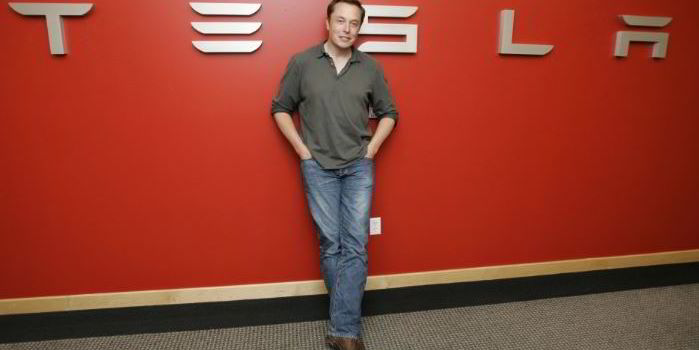Musk also confirmed his intention to scale SolarCity’s offering globally if the two companies are brought under the same roof. Today California-based SolarCity, which is the largest US installer of rooftop PV systems for homeowners and businesses, is only present in its home market and Mexico.
In a letter posted online, Musk laid out the second phase of his master plan for Tesla, with the integration of distributed solar and home storage now considered a central pillar of the electric-vehicle maker's strategy going forward.
Tesla intends to “create a smoothly integrated and beautiful solar-roof-with-battery product that just works, empowering the individual as their own utility, and then [scaling] that throughout the world”, Musk writes.
“We can’t do this well if Tesla and SolarCity are different companies, which is why we need to combine and break down the barriers inherent to being separate companies.”
Tesla offered to buy SolarCity last month in an all-stock deal valuing the company at up to $2.8bn. Musk is the largest shareholder of both companies, and will not vote on the offer.
Musk famously released the first stage of his master plan a decade ago, and even his critics acknowledge the big strides made on his strategy of first creating an expensive but low-volume electric vehicle (the Roadster), then a more moderately priced one (the Model S), and finally a high-volume one for the masses (the Model 3, with first deliveries slated for 2017).
Tesla has also made a high-profile push into the stationary storage business, selling its Powerwall battery systems into the residential and commercial markets, and larger systems to utility-scale operators.
But Tesla has not yet made much progress on a lesser known part of Musk’s initial plan: providing solar power.
That would change in a big way if Tesla were able to acquire SolarCity, which is run by Musk’s first cousins Lyndon and Peter Rive.
The fact that the two companies are separate at all “is largely an accident of history”, Musk says. “Now that Tesla is ready to scale Powerwall and SolarCity is ready to provide highly differentiated solar, the time has come to bring them together.”
Last month Musk said that while SolarCity's offering is not "significantly differentiated" at present, it "certainly will be in the very near future".
It is not exactly clear what he meant, but SolarCity is in the process of ramping up North America’s largest PV module factory in upstate New York.
At the centre of Musk’s strategic vision for Tesla -- and the world -- is a rapid transition to a “sustainable energy economy”.
The future of energy generation will be “overwhelmingly in the form of solar”, he has said.
Critics of Tesla’s plan to buy SolarCity, including some of the company’s own shareholders, see electric vehicle production and distributed solar as two very different businesses, best handled by separate companies.
But Musk insists that it makes good business sense to sell, install and maintain the two products together.
SolarCity intends to install as much as 1.1GW of PV capacity in 2016, and be generating positive cash flow by the end of the year.
In addition to the heightened focus on solar, Musk’s updated strategic vision includes plans to expand the company's product line to include pickups, semi trucks and buses, and to continue the roll-out of autonomous driving capabilities.

